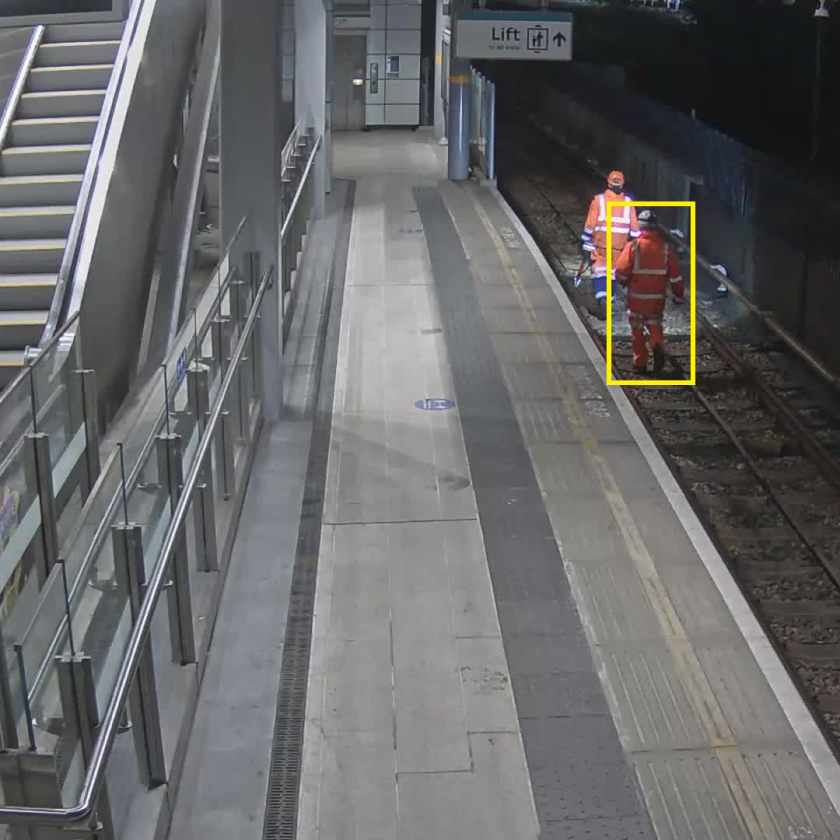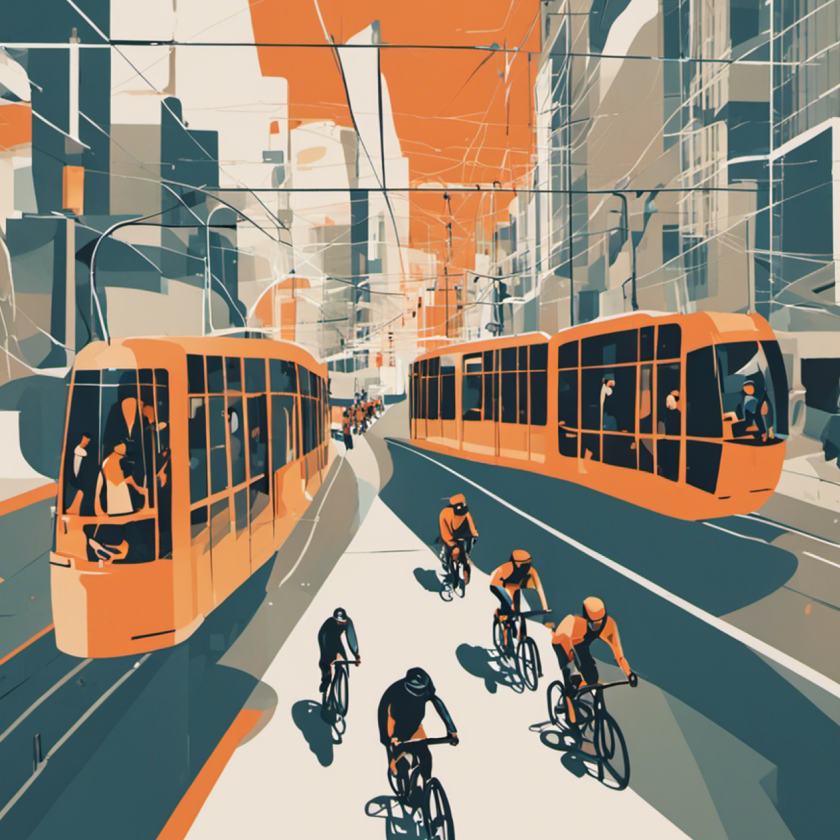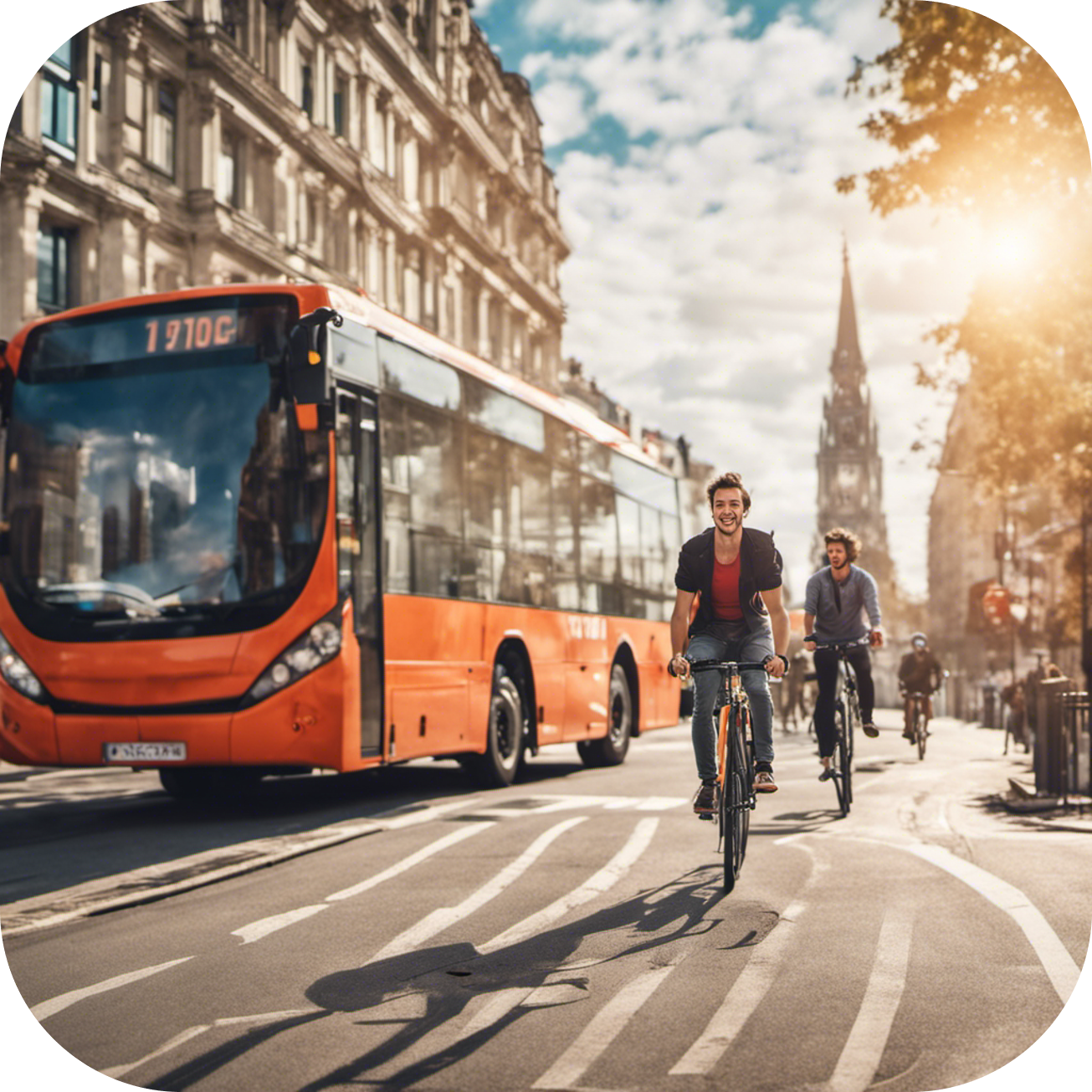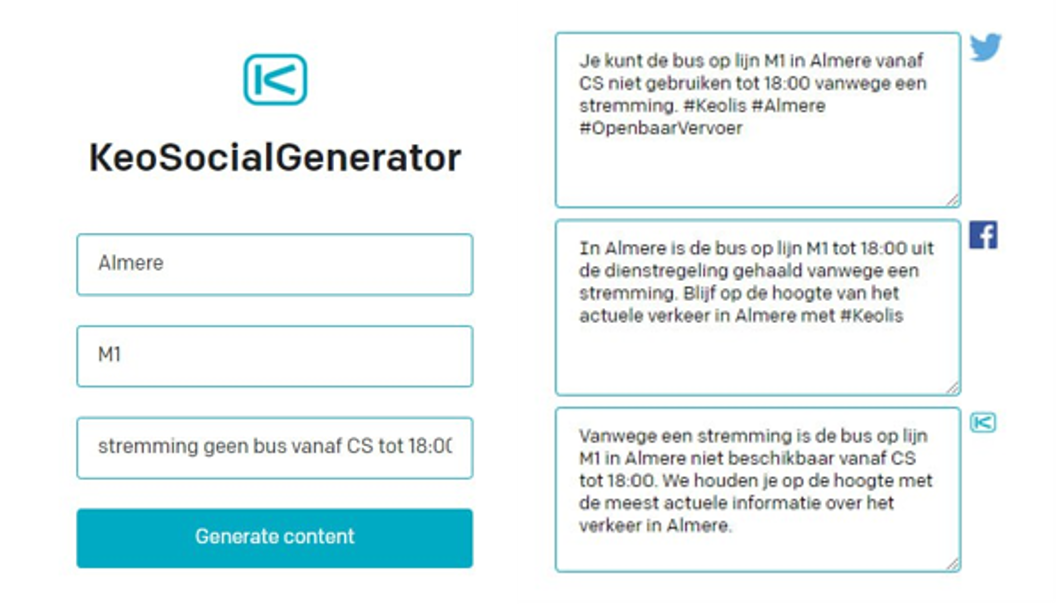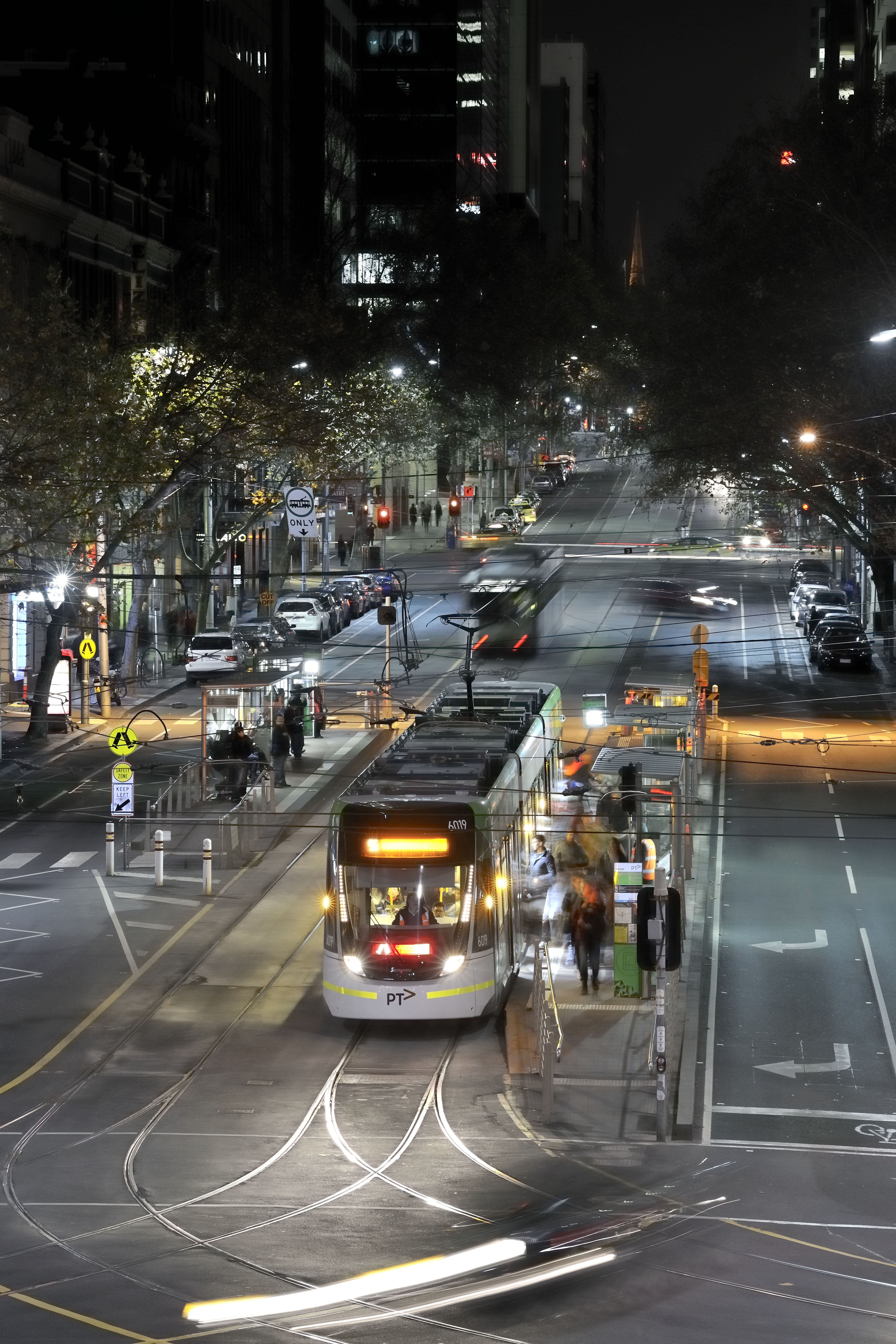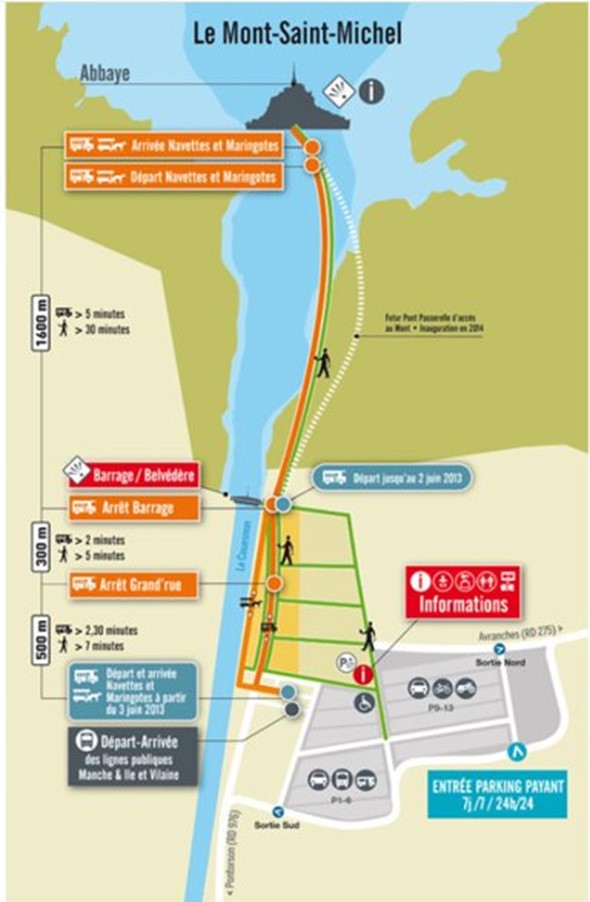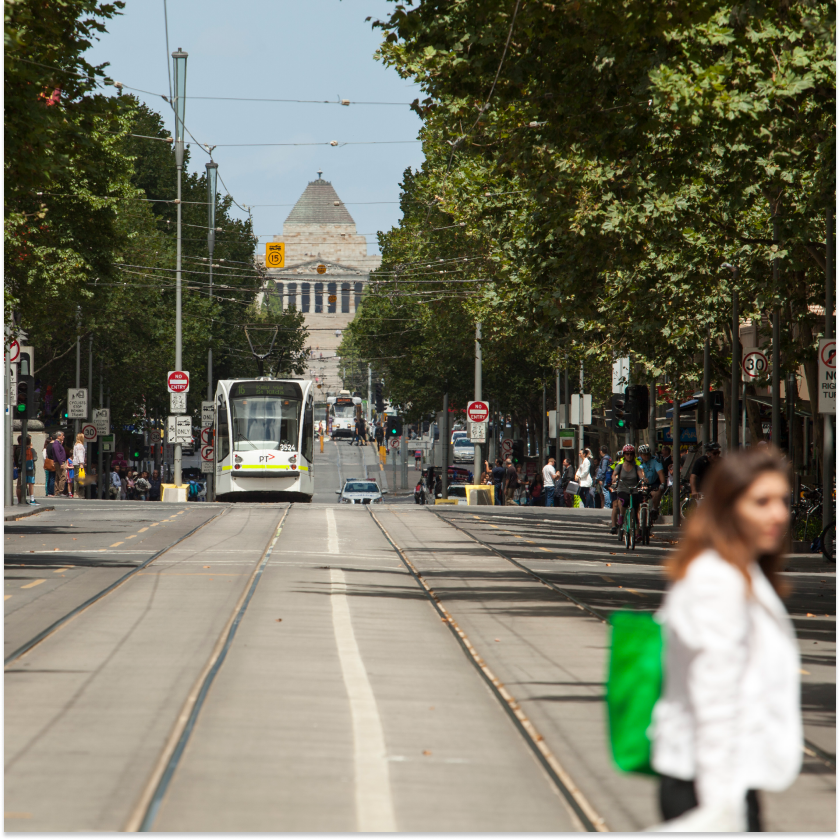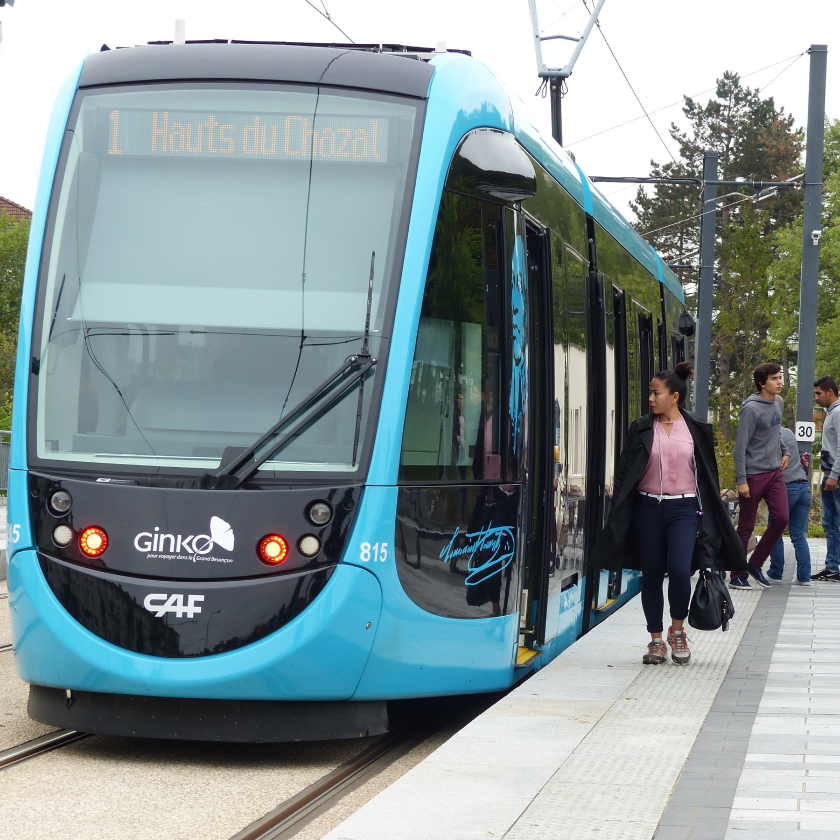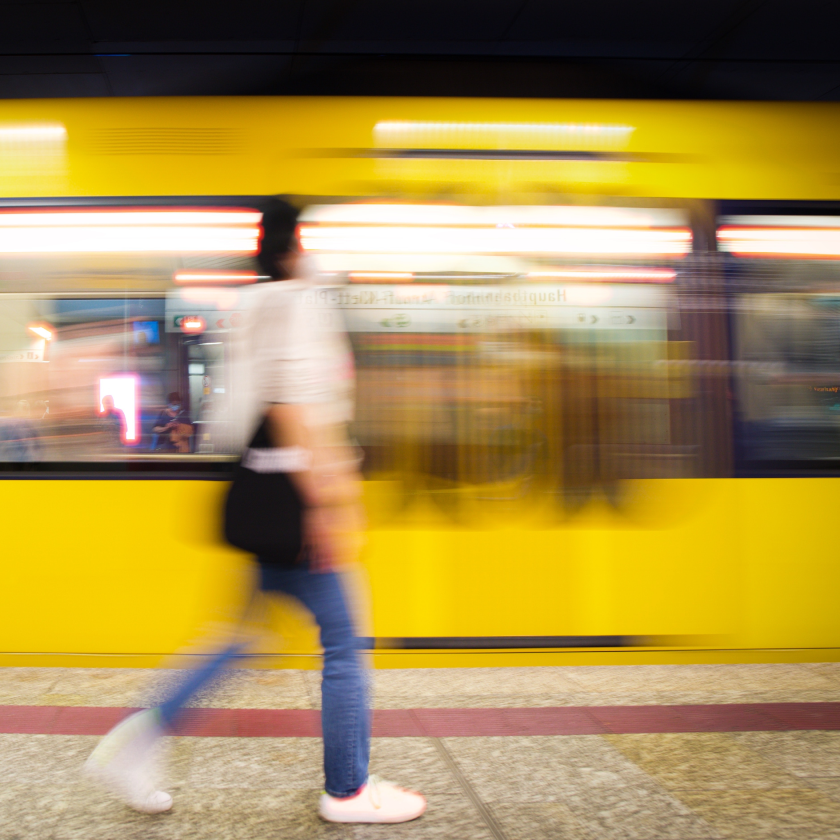What are AI and generative artificial intelligence?
Artificial intelligence may have only recently gained the media spotlight, but it has long been a part of the tech landscape. As early as the 1950s, researchers were exploring the possibility of replacing human intelligence with machines. Increased processor capacity, advances in algorithm research and the explosion of data volumes have enabled the development of machine learning and deep learning and, more recently, generative artificial intelligence. These techniques allow machines to learn by themselves and improve their performance in fields such as image recognition, text translation and obstacle detection. After just a few years, these techniques are opening up new horizons in mobility, notably with the rise of autonomous vehicles.
